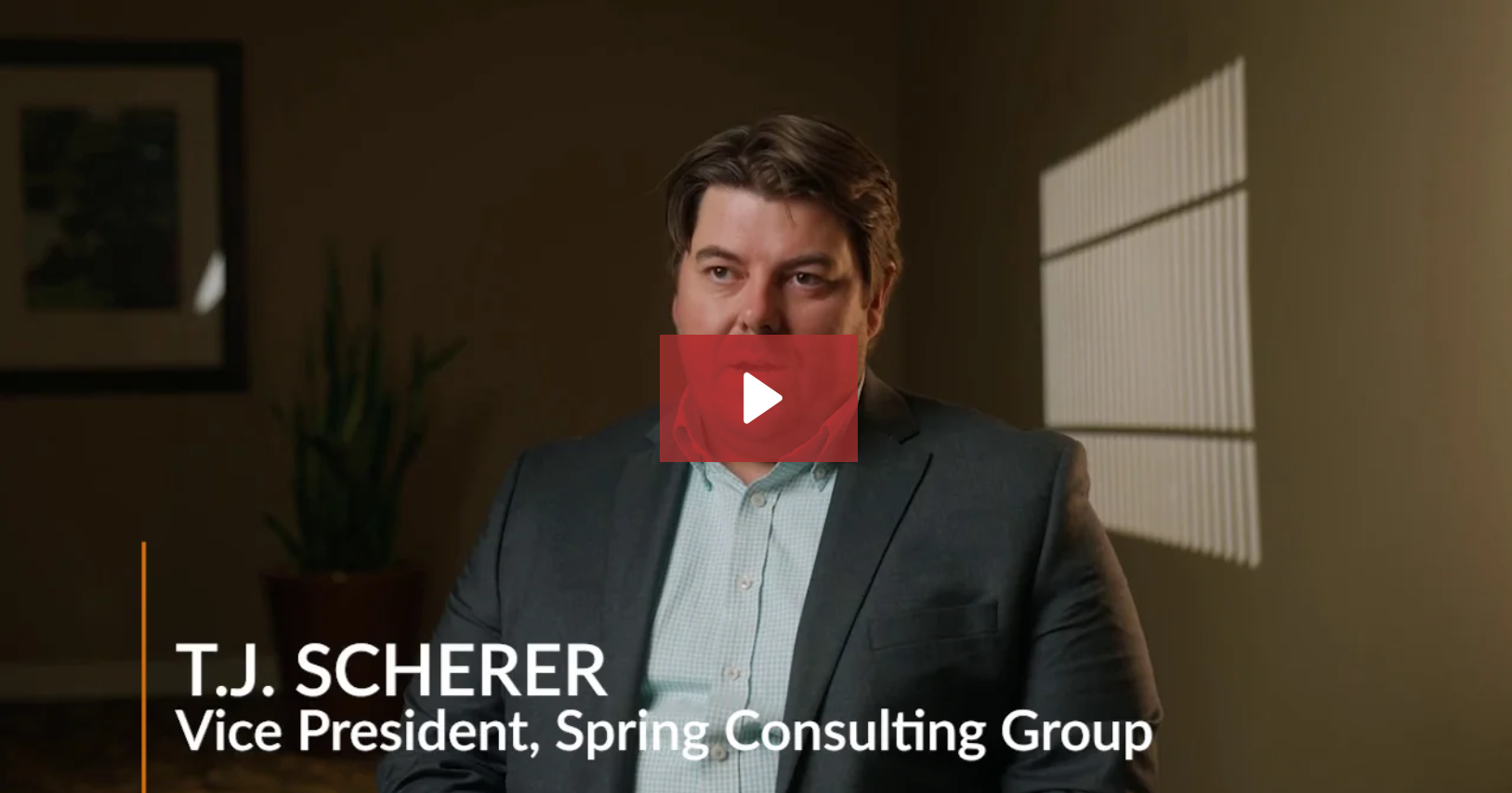One of the most exciting attributes of captive insurance is that every program looks different. There is so much variety and a wide range of ways to structure coverage and utilize surplus. I have been talking with captive owners representing various industries, organizational sizes, and stages of captive maturation to get their unique stories and understand how they are putting their captive to work for their specific risks. Indeed, no two stories have been the same.
In a recent interview, I sat down with Karen Hsi, Executive Director, Captive Programs at University of California Office of the President, and one of the sharpest minds of young captive talent. The University of California (UC) did not need to obtain Department of Labor (DOL) approval for their captive programs, making the process simpler!
Q: What benefits do you currently have within your captive, and why did you choose the captive path?
A: On the employee benefits side, we have voluntary benefits – accident, critical illness, and hospital indemnity – in our cell captive. This program has been in effect since the start of 2020 and uses a fronting carrier, and as of this year (start of 2024), it is 100% seeded to the cell captive.
We brought these products into the captive because we wanted to customize offerings and add some bells and whistles for employees at a better price. We used a cell captive so that we wouldn’t jeopardize the tax status of our single parent captive. Our original goal with this strategy was not to make money but break-even while primarily to be able to offer better benefits.
Over the course of time we have been able to build a stable program, and after shifting away from a broker structure so that commissions and other costs are stripped out. As we establish these financial efficiencies, we want to keep building upon the program either by reducing employee costs or by further enhancing or customizing offerings. For example, one unique benefit that we were able to add with our surplus is a mammography offering within critical illness. We found that utilization was high, so we are confident it adds value to employees. Another policy we were able to add into the supplemental health program was a COVID-19 rider, which had a cash incentive for employees to proactively get tested for the virus. We were able to put this in place quickly and think we would have had a hard time doing so without the captive.
Overall, we have seen about 20% savings with this program and as things stabilize, we hope to lower rates further for employees.
Q: Are there any other benefits UC has in a captive?
A: We write life insurance – employer and employee paid – in a separate cell captive because it is large enough for its own cell. The life cell captive also launched in 2019 and is doing well, with approximately $16.3M in accumulated earnings since inception. During the pandemic, we had a fair amount of turnover, so we used the success of the captive to boost our life insurance policy as a tactic for succession planning and business continuity.
We hope to someday to move disability into the captive, but the timing hasn’t been right yet. We want to better manage the risk first so that the board is more amenable to bringing it into the captive.
Q: Any other surprises?
A: I think in the beginning it was a mindset and relationship change when we shifted things with the carrier to move to a fronting company. They now have a seat at the table and we have a longstanding relationship.
Q: Anything interesting on the horizon?
A: We are looking into the potential of long-term care insurance in a captive. There also might be an opportunity to rent out a cell captive to one of our sister/affiliate organizations (e.g., California State entities), where they have their own cell and voice and where we can provide resources. I think this might be a beneficial move and would be a valuable way to collaborate.
No matter what the future brings, I know that we are not done yet (with growing our captive programs), and we’re excited to see what else we can do. I appreciated the time Karen spent in chatting with me and will be paying close attention to these exciting developments and opportunities to expand their captive. If you’re looking for expert advice to assess feasibility of additional benefits in your captive, feel free to get in touch with our team.


